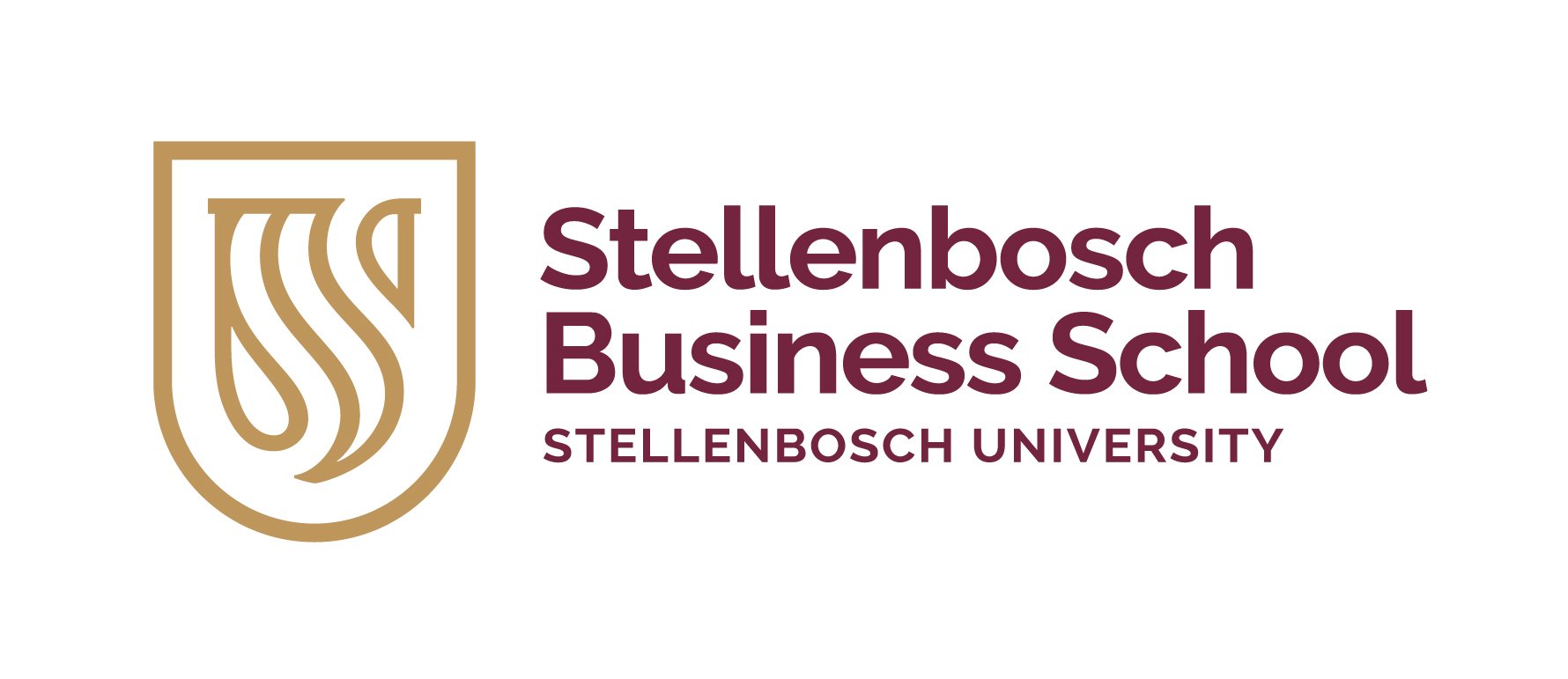Leading the way to lower unemployment
However, with inflation rates, the aftermath of the pandemic, as well as existing social challenges like crippled education systems, it is difficult for a lot of young people in South Africa and surrounding countries to get employment. In this article, we will explore how unemployment rates have affected African countries, the opportunities that exist beyond job-seeking, and how we can develop ourselves to become hireable or successful entrepreneurs.
Youth unemployment; South Africa’s burden
With a greater unemployment rate than the national average, young people in South Africa continue to be at a disadvantage in the job market. The official national unemployment rate is currently 34,5%, while the Quarterly Labour Force Survey (QLFS) for the first quarter of 2022 shows that the rate was 63,9% for those aged 15 to 24 and 42,1% for those aged 25 to 34. There are almost 10 million young people in South Africa between the ages of 15 and 24, yet only 2.5 million of them were active members of the labour force, either employed or jobless. The majority of this group of young people—7,7 million, or 75,1 percent—are not in the labour force (i.e. inactive). Discouragement, or having given up on finding a job that fits their talents or is available where they live, is one of the key factors in inactivity. Many young South Africans are discouraged from even seeking employment due to reasons such as unachievable experience and education requirements, salary propositions based on education and experience more than cost of living and market relatability, nepotism, and the lack of gender mainstreaming, among other things.
In African countries, there are still regions that expect women and girls to aspire to specific roles in the household and workplace, which leaves the industries dominated by men even more gatekept. While there are people and organisations striving to provide young Africans with access to upskilling and education that will help them break into these industries, there is still a long way to go. How do we support South African and surround countries’ youth and equip them with skills that make them hireable?
Letting youth lead
Over half of the South African population comprises the youth (people aged between 15 to 34 years). Affording young people leadership support and education would better prepare them for the careers and entrepreneurship industries they are part of. While experience has its benefits, there is huge power in preparation and education. Consider a Leadership Development course at Stellenbosch University which enables young professionals to study while still pursuing their career paths. To prepare to lead the industries the youth are required and inspired to penetrate, responsible leadership development can go a long way. To increase capacity to develop as a leader, it emphasises the growth of personal leadership, team leadership, organisational leadership, and social leadership. It is through Stellenbosch Business School’s need to be relevant for Africa and beyond that we have given over 30 000 alumni the necessary courses and skills needed to excel in the leadership world. We truly believe that the skills we offer are aligned with the leadership values of those who seek to develop more than just themselves.
Prepare to lead the youth
As much as the young people of South Africa have the potential to become the leaders, industries need to move forward. The transition needs a lending hand from the predecessors. It is important for business leaders, young and experienced, to prepare to collaborate with young people the more our industries open doors. A PGDip in Leadership Development can prepare you for that stage of your career and business growth. You will understand the value in human capital, influence with intent, and get people to work together to enhance performance, among other things.
Connectedness will lead us forward
Being open to collaborative projects and efforts as different sectors, public or private, will enable us to get to the end goal faster than when we choose to attempt it individually. Collaborating with young people to understand better ways to provide them with development while still connecting with the experienced for solutions on how to sustainably move forward while keeping authentic will help African countries towards achieving the sustainable development goals set out universally.
Subscribe
Want to stay in touch with the Stellenbosch Business School community? Sign up and receive newsletters from our desk to your inbox.
SIGN UP

Leave Your Comment